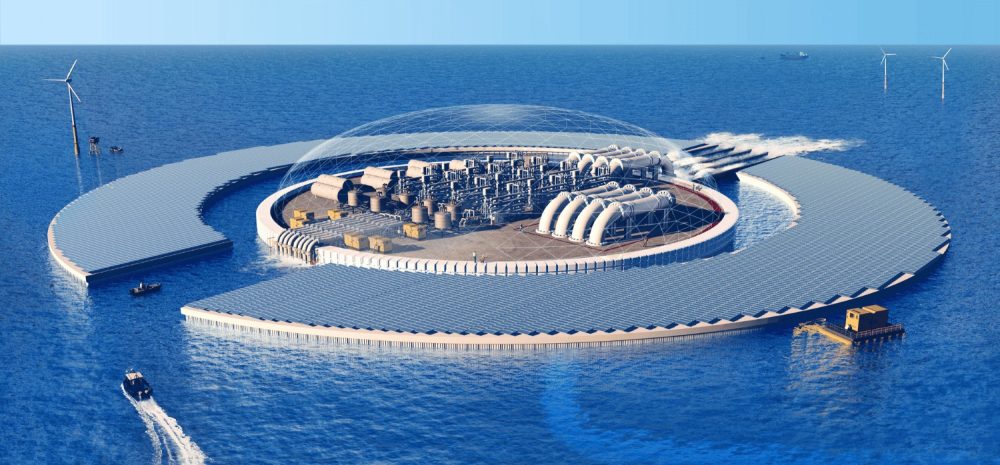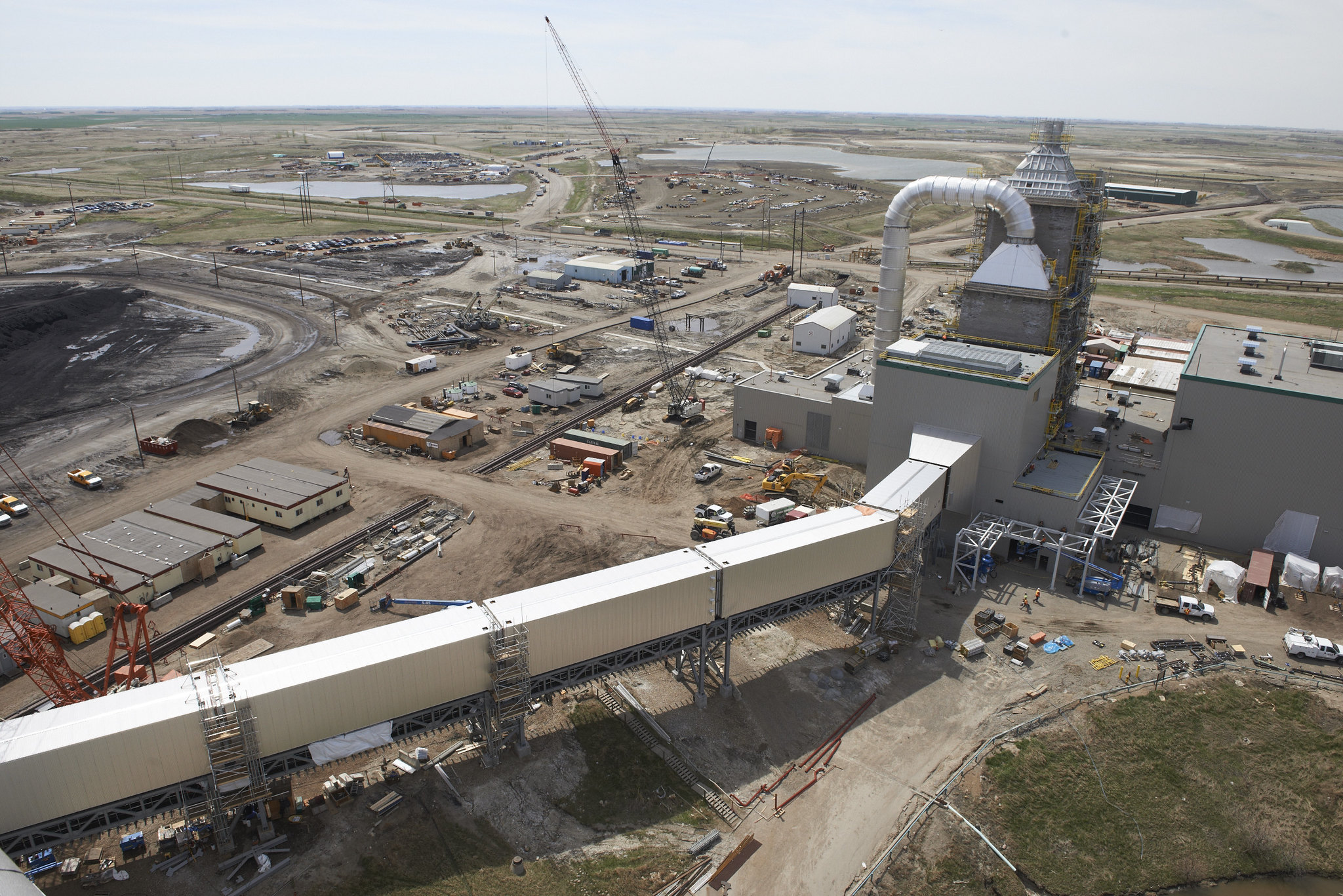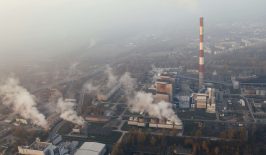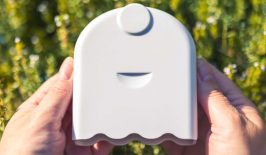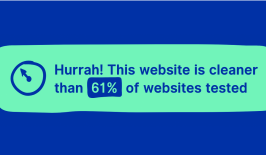Carbon capture as a process and technology has recently grabbed headlines as a promising method to remove carbon from the atmosphere. Researchers and developers have speculated various methods of carbon capture, as well as where best to position the technology within the carbon production chain. For example, it could be combined with existing industrial processes to capture the carbon near its point of creation.
The US-based Captura Corp has a different, and ambitious approach. They plan to use large floating carbon capture plants to remove it directly from our oceans. The Earth’s seas and oceans play a significant role in capturing atmospheric carbon. Together they can absorb up to 30 percent of the Earth’s carbon emissions, sometimes storing it for decades deep in the cold oceans.
However, this also has a negative impact on the oceans themselves. Increased carbon levels have also resulted in ocean acidification, which can throw off delicately balanced marine ecosystems.
Captura Corps solution is to create self-sufficient carbon capture plants to filter ocean water and remove its carbon. To do this, water is drawn into the plant, where around one percent of it undergoes a pre-treatment process. This diverted water is processed in Captura’s proprietary electrodialysis technology, which separates the water into an acid and alkali base.
The produced acid is then mixed with the remainder of the original seawater within a gas-liquid contactor and vacuum pump, triggering a chemical process that draws out the carbon dioxide. The carbon is then captured as a purified stream, ready to be stored or turned into other products.
The acidic ocean water is then combined with the alkali to neutralise it in anticipation for re-release back into the swallow oceans. The neutralised, de-carbonised water is now ready to reabsorb carbon without increasing ocean acidification.
Captura suggests their entire system can function without significant outside resources. All it will require is power – provided by solar panels – and the ocean water itself. As a result, the environmental impact of the operation is minimal. It also requires no purpose-built air contactors or absorbents and creates no by-products.
Carbon capture technology could be one way to decarbonise the environment, however it is not without its critics. Firstly, the technology is still largely unproven, at least on the scale it will be required to make a significant environmental impact. There have been a series of expensive carbon capture failures, such as the Petra Nova plant in Texas, and intensive energy demands will likely offset any carbon reductions.
There’s also the additional issue of dealing with the carbon once it has been captured. At RESET, we have detailed some innovative methods, but the most popular method is storing it underground in disused fossil fuel reservoirs. This could present future environmental issues, especially in the event of leaks.
Carbon capture projects often discuss using the carbon to produce other goods, from vodka to diamonds, thereby creating a valuable byproduct. Such enterprises are, however, often small-scale, and there is no robustly established carbon-recycling production chain.
Finally, carbon capture can be accused of so-called “mitigation deterrence”. The high profile and perhaps overexaggerated ability of carbon capture may in fact distract attention from other methods which aim to reduce carbon production in the first place. Indeed, some of the most enthusiastic supporters for carbon capture are fossil fuel companies themselves, as carbon capture technology may in fact extend the fossil fuel era instead of ending it.
The Captura approach at least goes some of the way to addressing these issues. It will rely on off-grid renewable energy and is not specifically tied to an industrial process. Instead, it is attempting to rectify an issue – ocean acidification – which is already underway.
However, given the ambitious-looking concept art, as well as likely additional costs in logistics, maintenance and operation, one wonders if floating carbon capture plants will be cost-effective in the long term.
Currently, Captura is embarking on a series of demonstrations to better refine the approach in anticipation for larger ocean-based pilots. In 2022, a stand-alone pilot facility was established in Newport Beach, California, with an additional next-generation system being developed for 2023.
